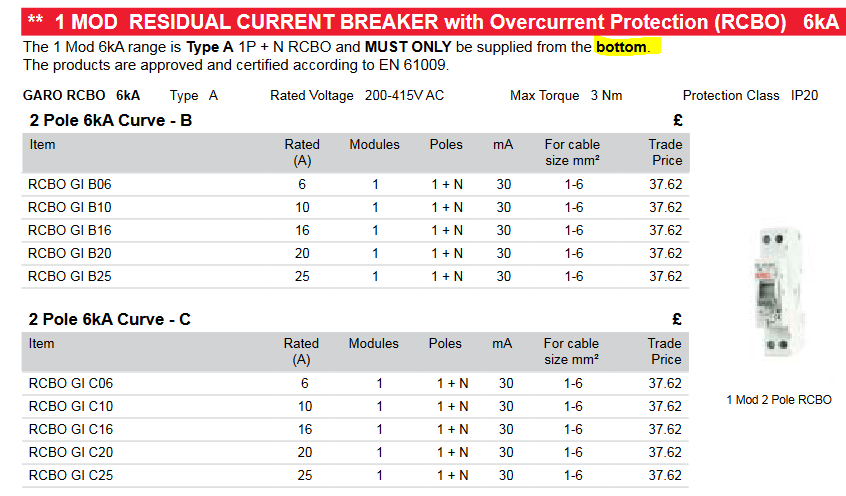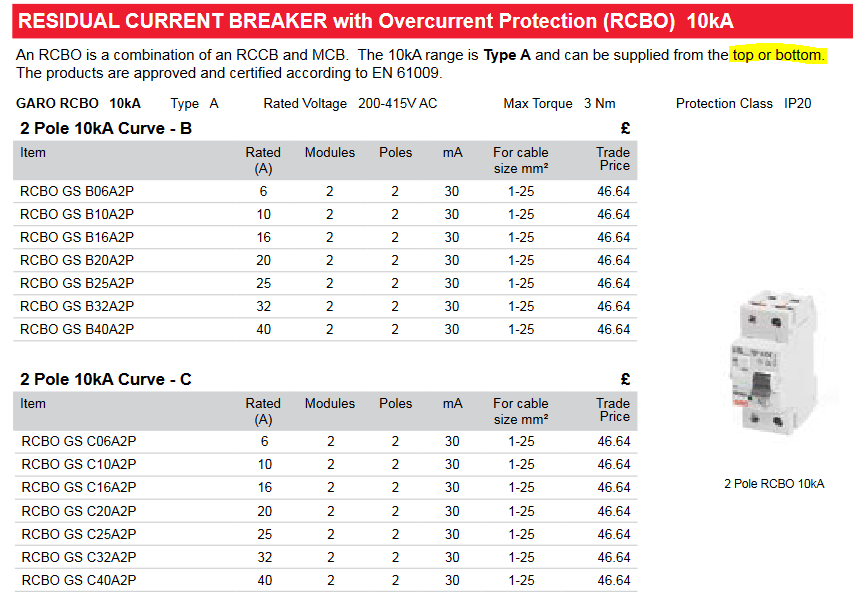We are currently installing solar pv systems, and have had a third party at one of our installs carrying out an EICR. They have flagged a C2 for the RCBO we have used only being single pole.
In section 712 of BS7671 ‘Special Locations – Solar PV’ we cannot see a regulation that states that a double pole RCD is required. Any advice on this matter would be greatly appreciated.

